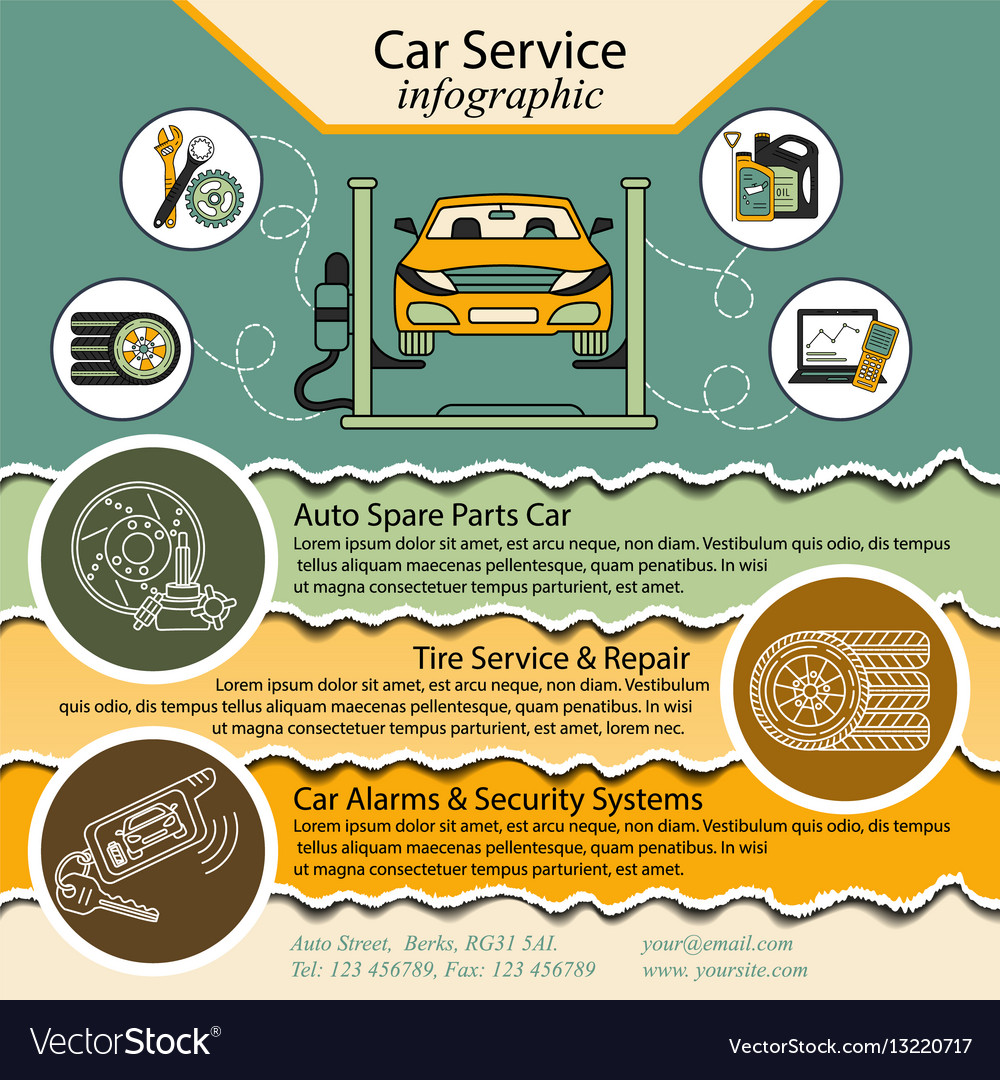Analyzing Your Car'S Alert Lights: Their True Effects
Analyzing Your Car'S Alert Lights: Their True Effects
Blog Article
https://www.pewtrusts.org/en/research-and-analysis/blogs/stateline/2022/03/03/farmers-file-federal-complaint-over-right-to-repair-equipments Created By-Faulkner Kejser
When you're behind the wheel, those radiant caution lights on your control panel can be a little bit puzzling. Do you recognize what they're attempting to inform you regarding your car's health? Understanding the significance of these lights is vital for your security and the long life of your lorry. So, the next time among those lights pops up, wouldn't you wish to decipher its message precisely and take the necessary steps to resolve it?
Common Caution Lighting and Interpretations
Recognize usual warning lights in your auto and understand their definitions to make sure secure driving.
The most normal caution lights consist of the check engine light, which signals concerns with the engine or emissions system. If this light comes on, it's vital to have your lorry examined quickly.
The oil pressure cautioning light shows reduced oil pressure, needing immediate interest to stop engine damages.
headlight cleaning flashing battery light may recommend a defective charging system, potentially leaving you stranded if not dealt with.
The tire pressure tracking system (TPMS) light alerts you to low tire stress, influencing lorry stability and gas effectiveness. Disregarding this might result in unsafe driving problems.
The ABS light suggests a problem with the anti-lock stopping system, jeopardizing your capacity to quit swiftly in emergency situations.
Lastly, the coolant temperature level alerting light warns of engine overheating, which can lead to severe damages if not dealt with quickly.
Understanding these common warning lights will certainly help you resolve issues without delay and maintain risk-free driving problems.
Importance of Prompt Attention
Comprehending the common warning lights in your auto is just the initial step; the relevance of quickly dealing with these cautions can't be highlighted sufficient to ensure your safety and security on the road.
When a caution light brightens on your control panel, it's your vehicle's method of communicating a prospective problem that requires attention. Ignoring carinteriorcleaningauckland can cause much more serious problems in the future, compromising your safety and security and possibly costing you a lot more out of commission.
Trigger focus to cautioning lights can protect against break downs and crashes. For instance, a flashing check engine light can indicate a misfire that, if left ignored, could cause damages to the catalytic converter. Resolving this quickly can conserve you from a pricey repair service.
In a similar way, a brake system advising light could signify reduced brake liquid or used brake pads, important elements for your safety and security when driving.
Do It Yourself Troubleshooting Tips
If you discover a warning light on your control panel, there are a few DIY repairing pointers you can attempt prior to looking for professional assistance.
The very first step is to consult your auto's manual to recognize what the specific warning light indicates. Sometimes the problem can be as easy as a loosened gas cap triggering the check engine light. Tightening up the gas cap might resolve the problem.
Another typical concern is a low battery, which can cause various alerting lights. Examining the battery links for deterioration and guaranteeing they're safe might take care of the problem.
If a warning light lingers, you can try resetting it by disconnecting the auto's battery for a couple of minutes and afterwards reconnecting it. Furthermore, inspecting your vehicle's fluid levels, such as oil, coolant, and brake fluid, can assist fix cautioning lights connected to these systems.
Conclusion
Finally, recognizing your car's caution lights is important for keeping your vehicle running efficiently and safely. By quickly attending to these signals and recognizing what they mean, you can prevent costly fixings and potential failures.
Remember to consult your cars and truck's manual for specific details on each advising light and take action as necessary to ensure a hassle-free driving experience.
Stay educated, stay risk-free when traveling!
